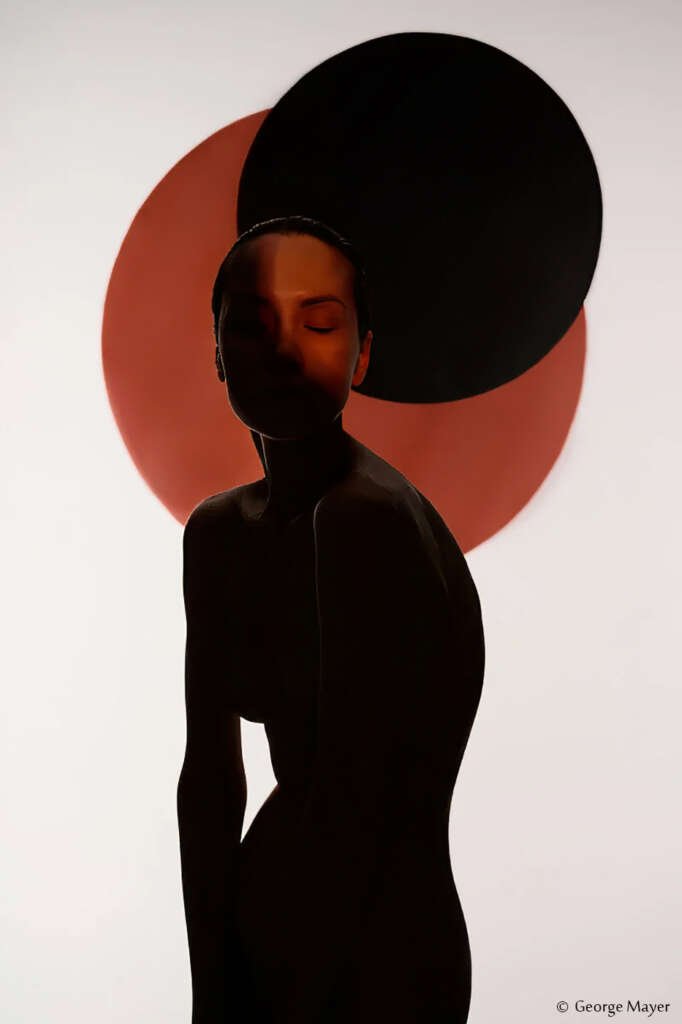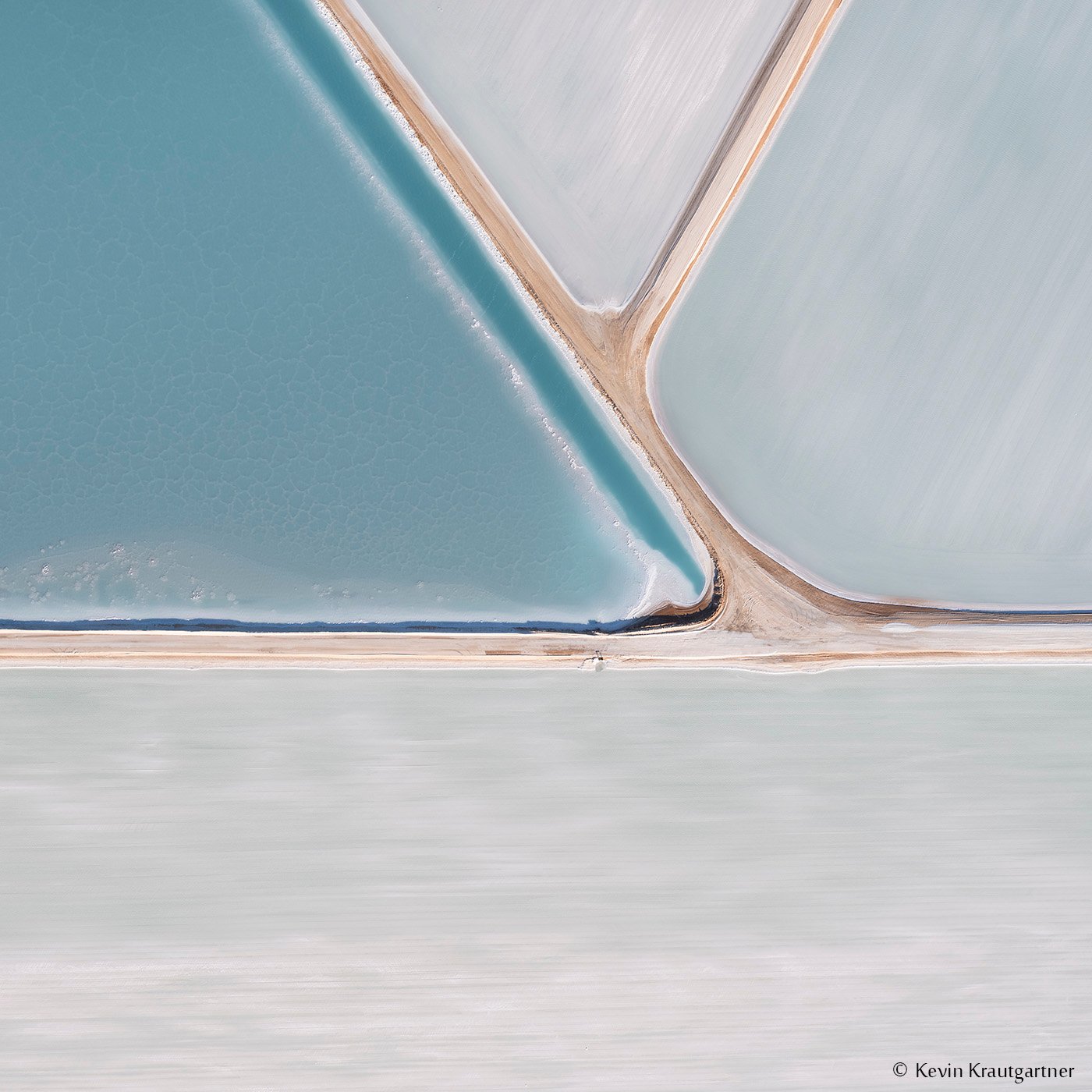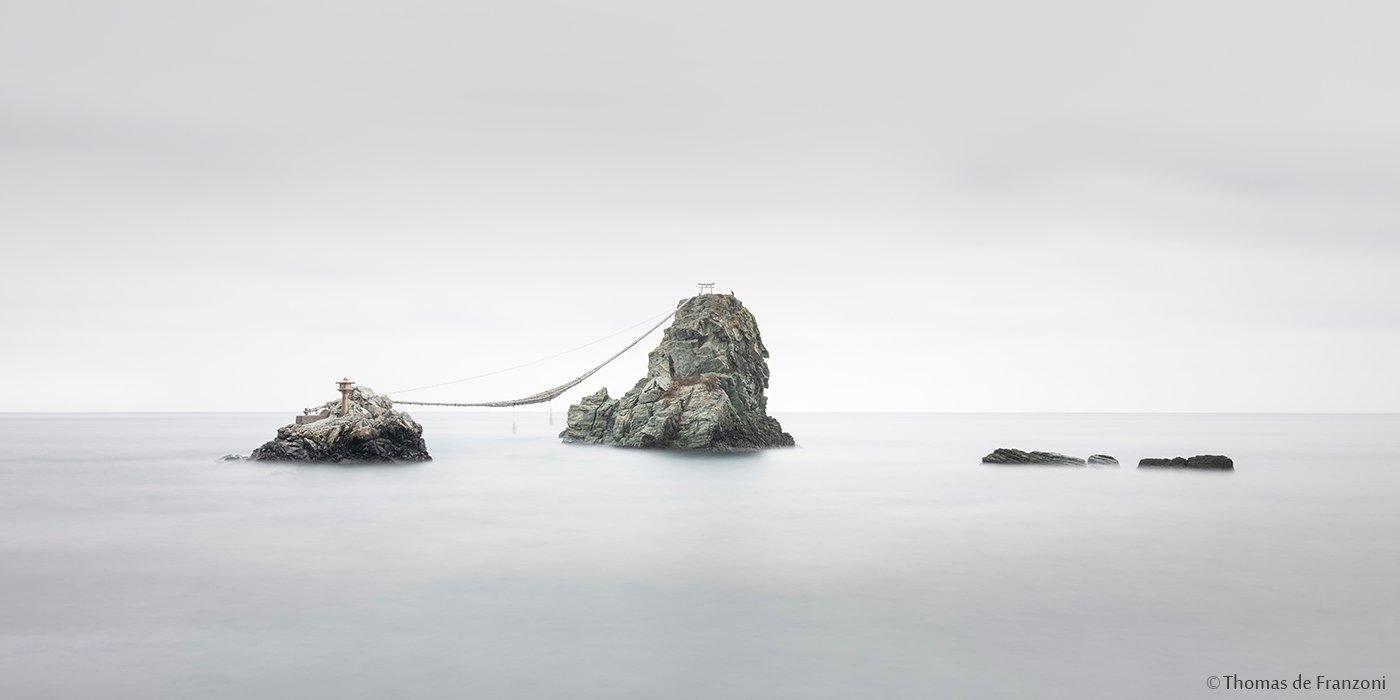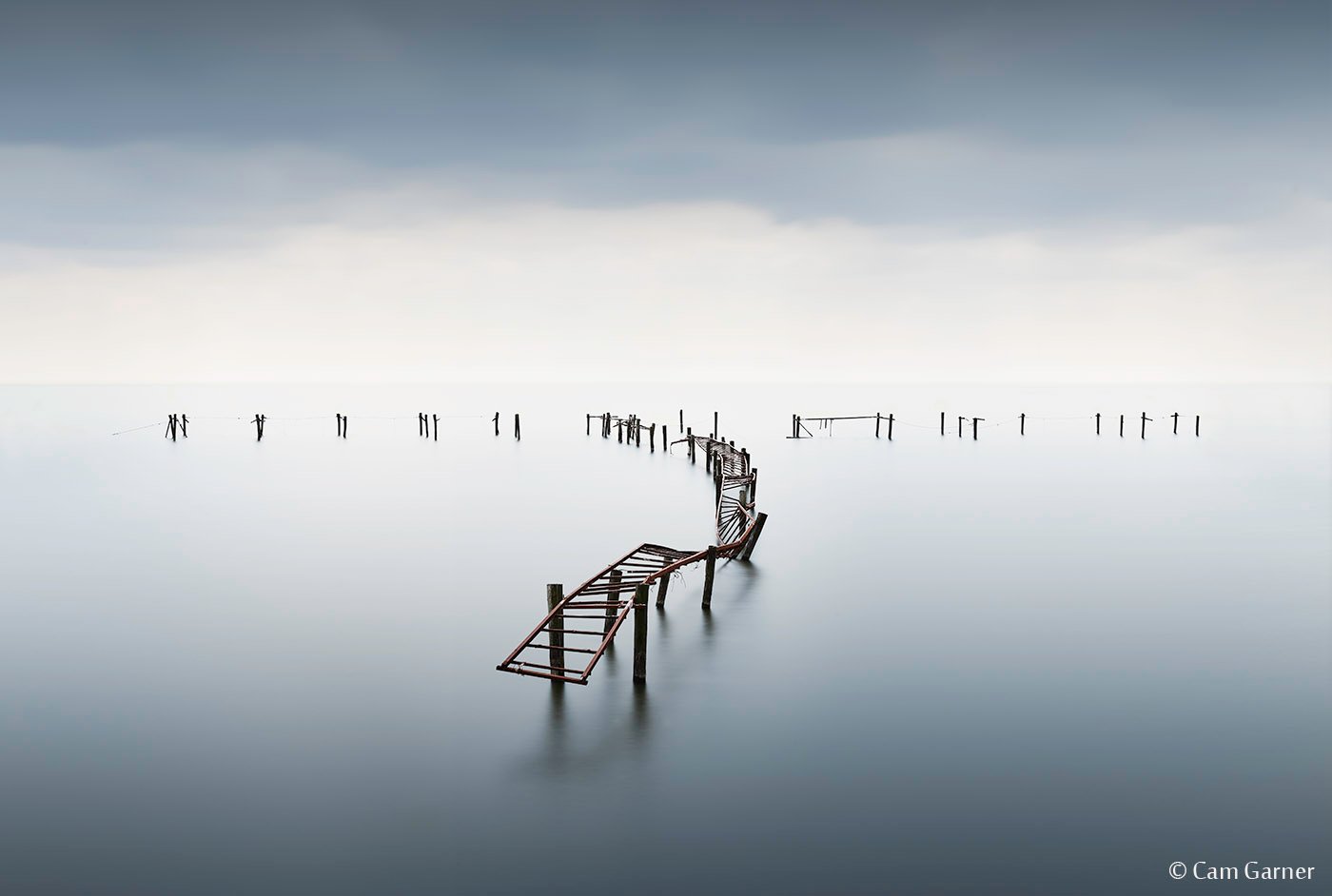M
inimalist photography is a unique and powerful approach that focuses on the art of subtraction, removing unnecessary elements to reveal the essence of a scene. Minimalist photographers are those who craft quiet narratives by stripping away distractions, allowing visual stories to emerge from the interplay of light, shadow, and subject. Through this approach, they manage to communicate depth and emotion with just a few essential elements, giving viewers a chance to focus on the simplicity of the moment.
Much like poetry, minimalist photography finds beauty in simplicity and restraint. The haiku, with its brevity and precision, is a perfect analogy for this photographic style. Haikus convey a world of emotion and imagery in just three lines, leaving space for the reader’s imagination to complete the picture. Similarly, minimalist photographs invite viewers to fill in the gaps, offering a subtle yet powerful experience. In both art forms, what’s left unsaid, or unseen, becomes just as important as what’s presented.
Minimalist photography is an approach that can be adopted by photographers across all genres. Whether you’re a portrait, architecture, landscape, or any other type of photographer, minimalist photos are always an option as long as you approach your surroundings with a minimalist eye.
One of the great strengths of minimalist photography is its versatility. Minimalist photography is an approach that can be adopted by photographers across all genres. Whether you’re a portrait photographer focused on capturing the soul of your subject, an architectural photographer drawn to clean lines and symmetry, or a landscape photographer seeking the tranquility of wide-open spaces, minimalist photography offers a way to communicate your vision with elegance and clarity.
At its core, minimalist photography is about seeing the world differently. It requires the photographer to actively seek out simplicity, isolating a subject from its surroundings or using negative space to draw the eye. The result is often a powerful, quiet image that leaves a lasting impression. Minimalist photos aren’t just about what’s included in the frame but, just as importantly, what’s left out.
In portrait photography, minimalism can isolate the subject, allowing their expression or posture to tell the story. In this example, Photo (1) by George Mayer, the silhouette of the subject is contrasted against a simple background of circular shapes, where soft lighting emphasizes the serene and contemplative expression on their face. The shadows partially obscure the subject, creating a sense of mystery and introspection. Just like a single phrase in poetry can carry layers of meaning, this minimalist portrait invites the viewer to focus on the subtle emotions conveyed through the pose and lighting, without the distraction of unnecessary elements.

In landscape photography, a minimalist approach can transform a vast open space into a contemplative study of form, light, and texture. Take, for example, this striking image, photo (2) by Thomas de Franzoni, features a lone tree standing on a rolling landscape. The empty sky and the undulating patterns of the land below create a powerful sense of solitude and serenity. The simple composition allows the viewer to focus on the organic shapes and contrasts, evoking feelings of peace and introspection. Like a well-crafted haiku, this image captures the fleeting beauty of the moment, using minimal elements to express something far deeper than a complex scene could achieve.
Minimalism is a versatile approach that transcends genres. For instance, in street photography, Photo (3) by Milad Safabakhsh depicts a solitary figure walking through an empty urban space. The person, dressed in dark clothing, moves through a scene defined by clean architectural lines and the sharp interplay of light and shadow. The geometric simplicity, combined with the figure’s motion, creates a sense of isolation and reflection. With no other distractions present, the viewer is drawn to the contrast between the subject and the environment. This image captures the quiet narrative of urban solitude with just a few essential elements, an ideal demonstration of minimalist storytelling in a city setting.
What makes minimalist photography even more exciting is how accessible it is. You don’t need an expensive camera or a complex set-up to create striking minimalist images. What you do need is an eye for simplicity. Whatever type of photographer you are, portrait, architecture, landscape, or otherwise, minimalist photos are always an option as long as you approach your surroundings with a minimalist eye. This mindset requires patience and attention to detail, but the rewards are often well worth it.
In today’s visually crowded world, where we are bombarded with images and information, minimalist photography offers a refreshing change. It invites us to pause and reflect, to appreciate the beauty in simplicity and the quiet power of restraint. This approach allows photographers to tell a story without overwhelming the viewer, making each image a subtle but impactful statement.
In conclusion, minimalist photography is not just a style; it’s a way of seeing the world with clarity and intention. Minimalist photographers craft quiet narratives, much like poets carefully choose their words, using light, shadow, and subject to tell stories that are more powerful for their simplicity. Whether you’re capturing a portrait, a building, a landscape, or even a quiet moment on a city street, minimalist photography offers a timeless, poetic approach to creating images that speak volumes through silence.
At the end to further illustrate the beauty of minimalist photography, here are some images that capture the essence of simplicity and harmony in the world around us.
© Minimalist Photographers Community.
Article by Milad Safabakhsh, founder of Minimalist Photographers Community and the Minimalist Photography Awards.












